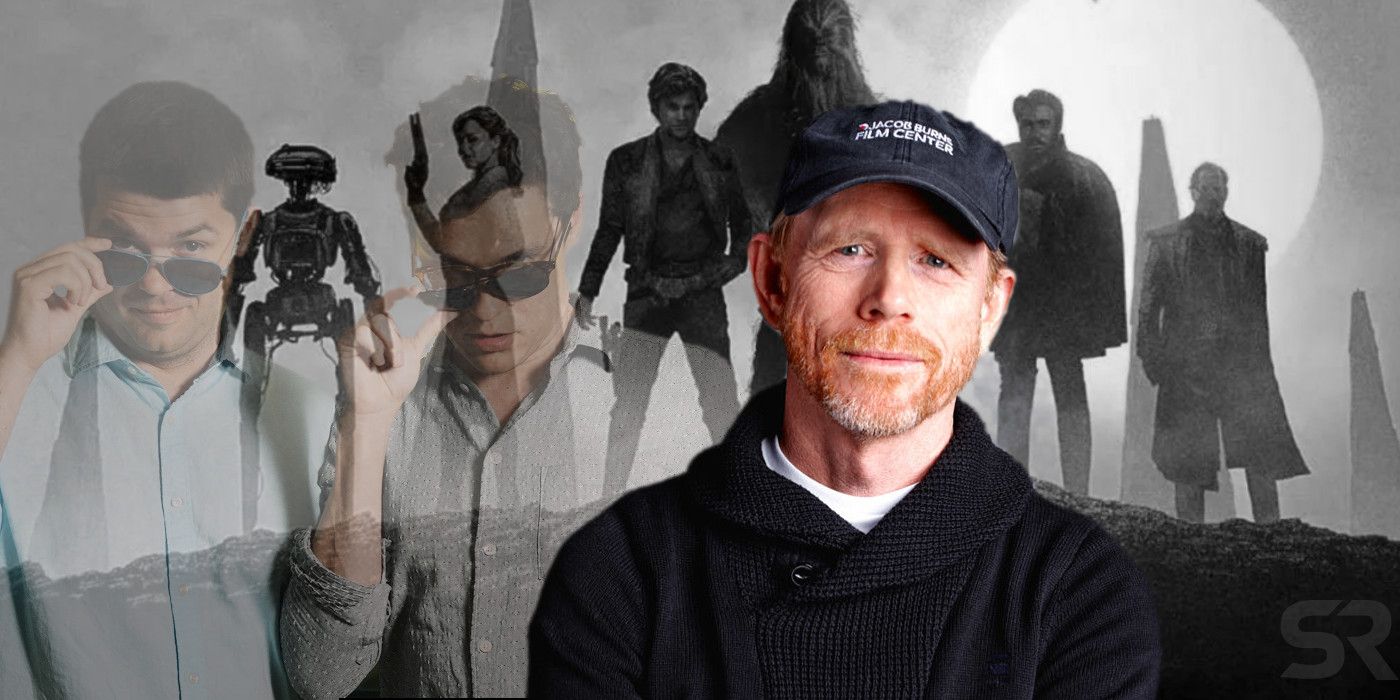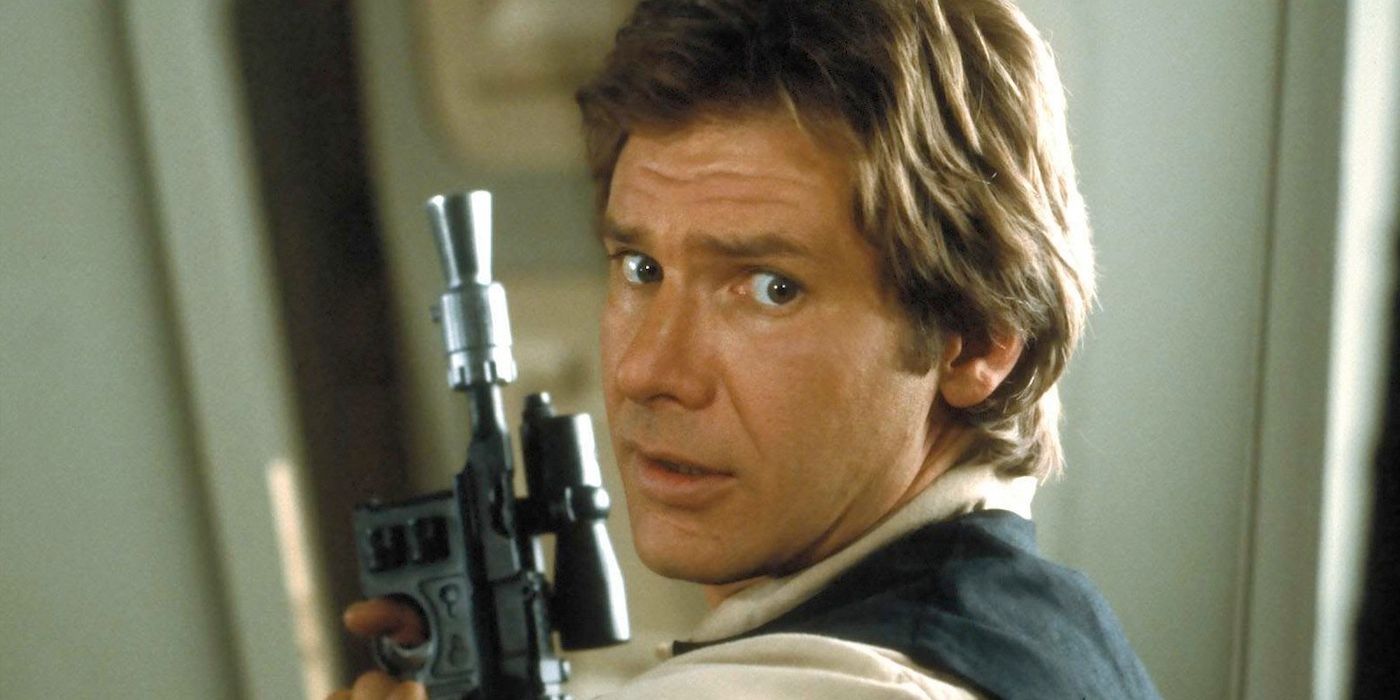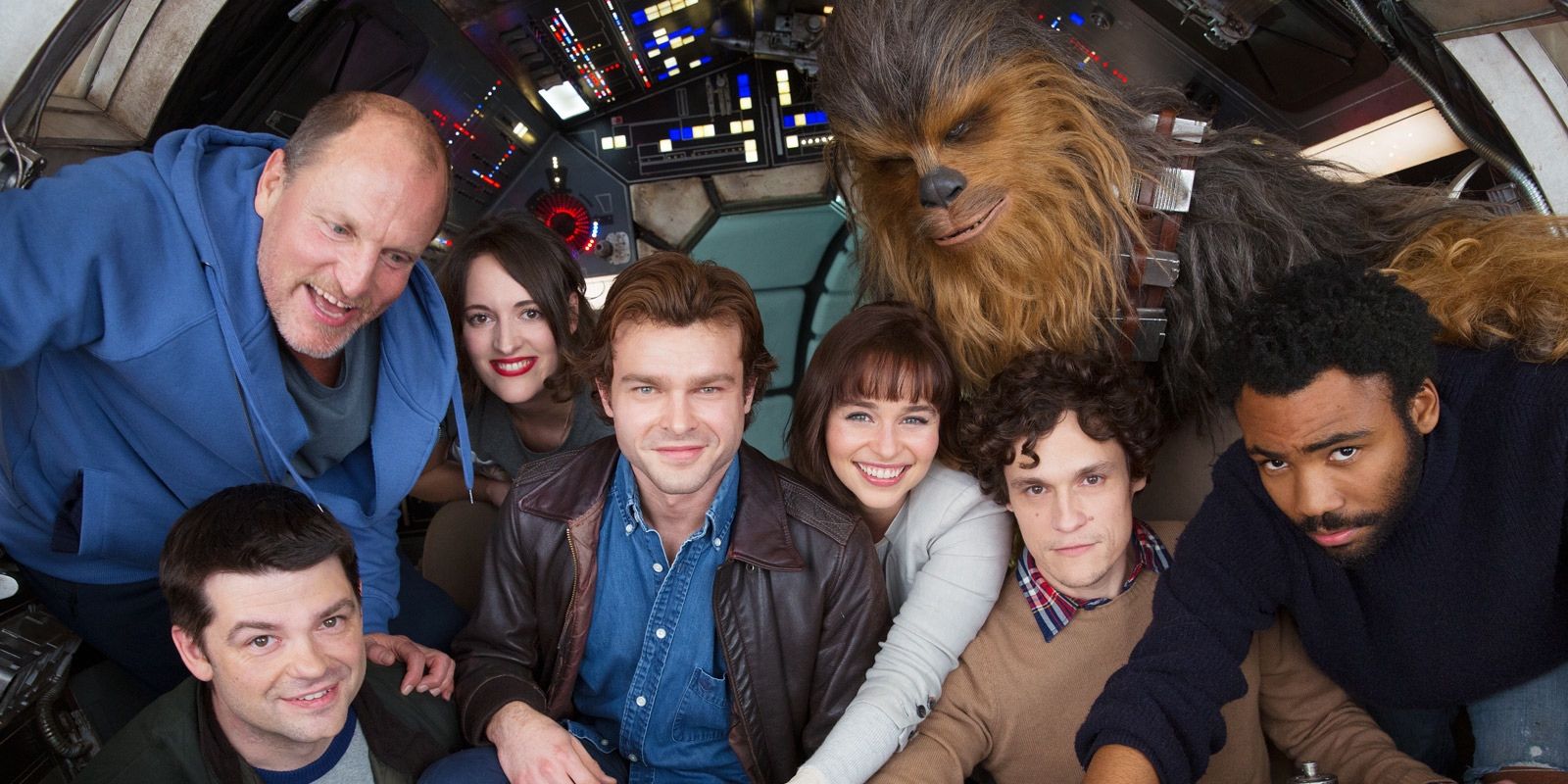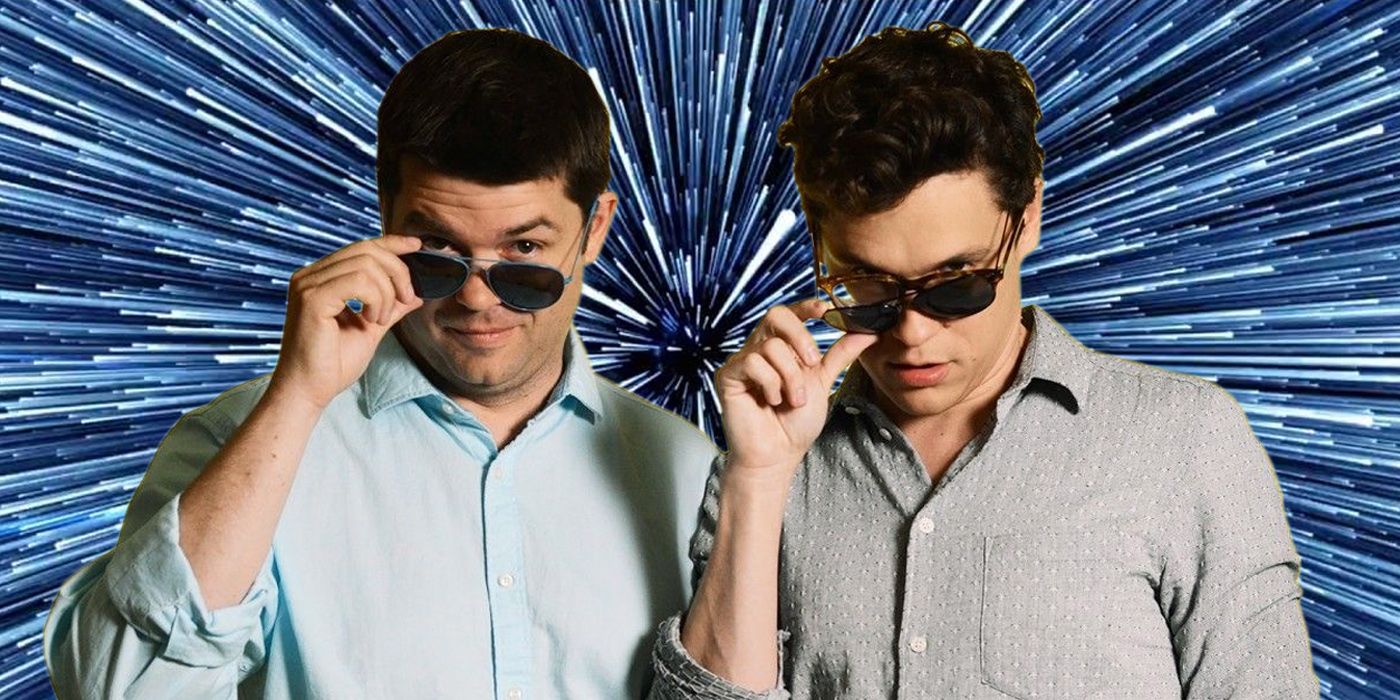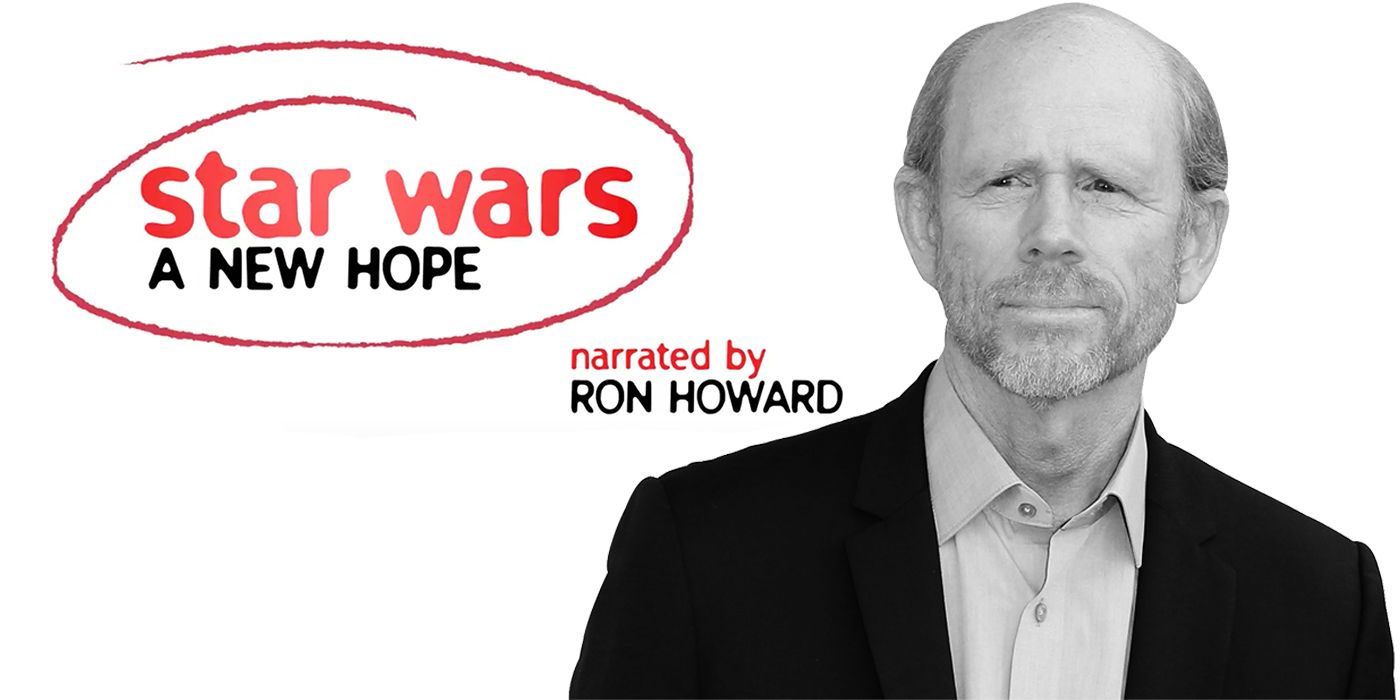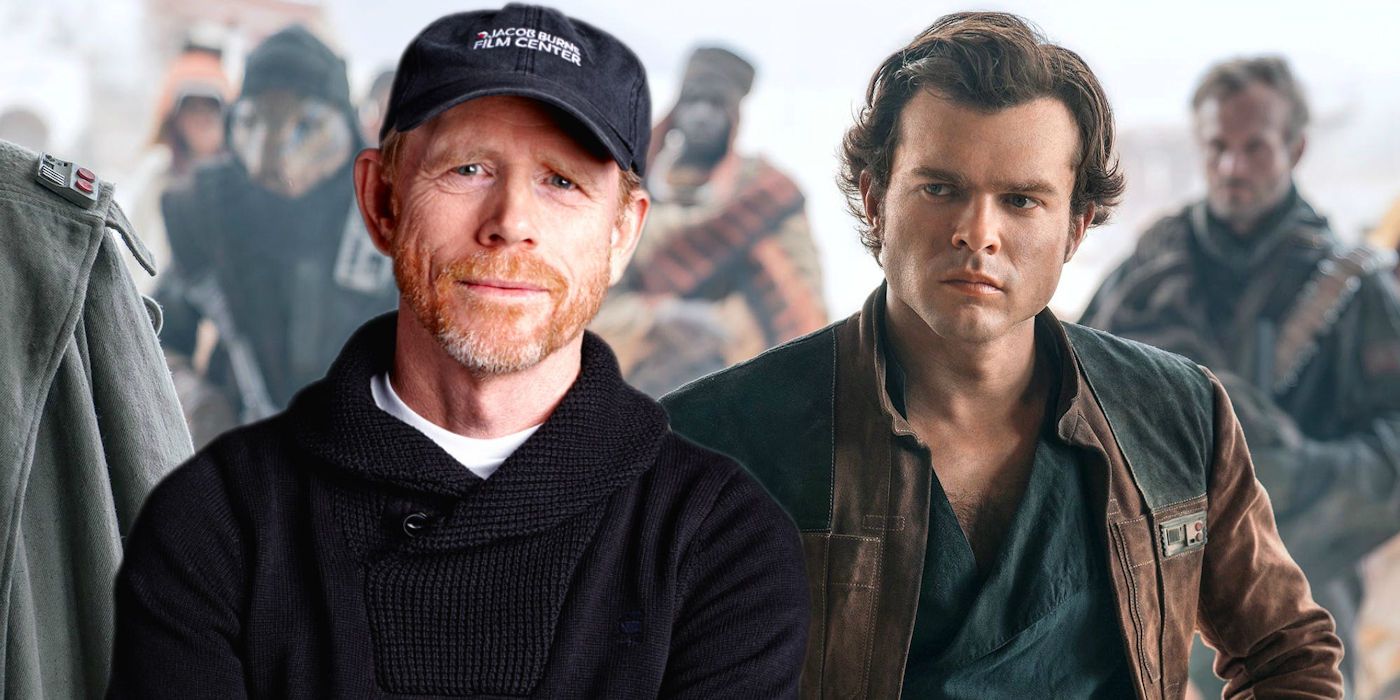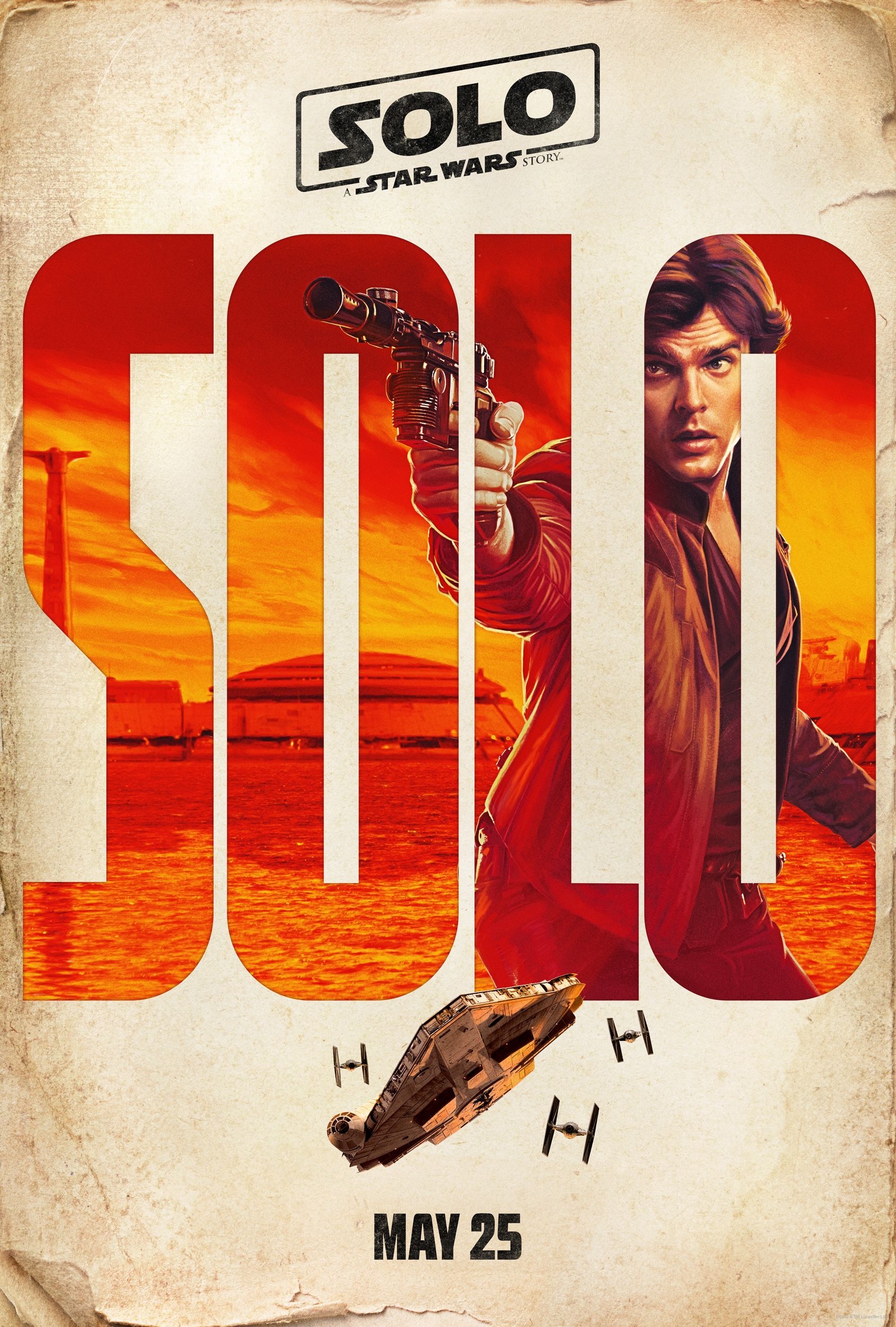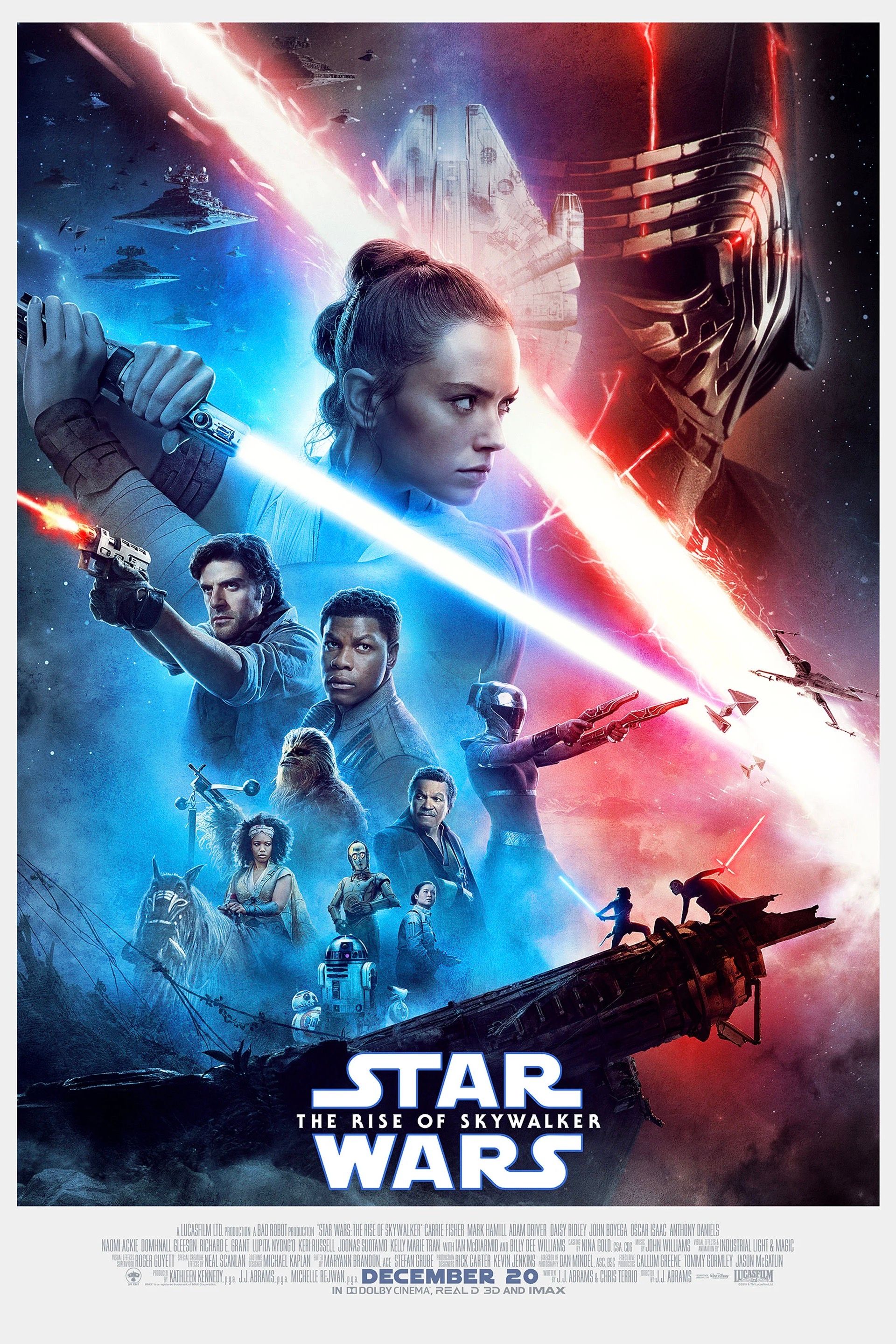Solo: A Star Wars Story saw a major director shakeup and there's been plenty of rumors and speculation about what went down behind the scenes, but now that the movie is about to release, we have a pretty good idea of what actually happened.
After Phil Lord and Chris Miller had directed almost the entirety of principal photography, they were unexpectedly fired and quickly replaced by Ron Howard, who finished the movie, including significant reshoots.
Related: Young Han Solo Almost Appeared In Revenge of the Sith
Thanks to a number of official interviews and some help from a couple of insider leaks, it's possible to look back on the production timeline and piece together exactly what happened behind the scenes of the second Star Wars spin-off movie.
- This Page: The Lord and Miller Era
- Page 2: Ron Howard Takes Over
Solo's Conception
Solo may be the fourth Star Wars movie to be released after Disney acquired Lucasfilm, but it was actually in the works before The Force Awakens. According to Solo co-writer Jon Kasdan in a recent interview on the Full of Sith podcast, Lawrance Kasdan was already developing Solo when J.J. Abrams was hired to direct the then-untitled Episode VII. Kasdan decided to join Abrams as a co-writer, putting Solo on the backburner until after The Force Awakens, at which point he teamed with his son Jon to complete the script.
Kasdan has said he was reluctant to take on another Star Wars project, but when he found out he could write more for his favorite character - Han - he jumped at the chance. He teamed with his son, Jon, in order to capture more of Han's youth in the script, and the final product was reportedly quite strong, something that will be a major factor in the behind the scenes drama later on.
Lord and Miller
Coming off the success of the The Lego Movie, which included a (Lego) Han, Chewie, and Falcon cameo, Phil Lord and Chris Miller were hired to direct. Kasdan really liked Han's comedic values and thought Lord and Miller were "funny and imaginative", so on paper, it seemed like a smart combination.
Related: We May Have Figured Out Jabba's Role In Solo: A Star Wars Story
Lord and Miller conducted a lengthy audition process, trying out 2,500 actors before finally landing on Alden Ehrenreich, and presumably quite a few (but not 2,500) before landing on Donald Glover as Lando. They also filled out the rest of the cast, including a number of notable names, but with Ehrenreich and Glover as the obvious high profile parts.
Production started in January of 2017, noted by a tweet from Chris Miller, but things were quiet other than that. At least publicly. We now know that the behind the scenes situation was far more complicated. It's not clear what expectations were set for Lord and Miller, but it has since come out that they were going for a tone stylistically more in-line with Guardians of the Galaxy than Star Wars. While Guardians is a great movie, making a Star Wars film like Guardians of the Galaxy is similar to making an Indiana Jones movie inspired by National Treasure, or a James Bond movie inspired by Kingsmen: The Secret Service.
In the mind of Lord and Miller, they were brought on to make a risky movie, so they wanted to push those boundaries as much as possible. While Lucasfilm and Kathleen Kennedy claim to provide a director supportive environment, Lord and Miller were pushing things too far. Jon and Lawrence Kasdan's script already challenged Star Wars convention enough, and Lord and Miller's improvisation was taking things too far.
Reports have suggested Lucasfilm was displeased with the performance Lord and Miller were getting from Ehrenreich, with the character drawing comparisons closer to Ace Ventura than Han Solo, a tonal shift that seems understandable when Guardians of the Galaxy is the target tone.
Related: How Lucasfilm Really Works
The on-set conditions were also reportedly not good. Lord and Miller's improv style meant some scenes were taking forever to shoot. They were supposedly also showing up late in the day, meaning things moved at a slow pace. They also weren't following studio direction for specific things such as getting a requisite number of angles per shot.
The lack of discipline and improvisation led to extended deadlines and excessive overtime for some members of the crew, resulting in a ballooning budget for a final product that wasn't even what Lucasfilm or Kasdan's script called for in the first place.
Lord And Miller Fired
While a director is normally the driving creative force behind a movie, Solo was ultimately a vehicle of Kasdan's script, which the studio held in high regard. Naturally, the directors' deviations weren't received well. They were given multiple chances to course correct, but they still didn't turn in what the studio wanted. Their fast and loose style also didn't mesh well with Kathy Kennedy, and one source went so far as to say she "didn't even like the way they folded their socks” to indicate just how many issues she took with their work.
According to one crew member, Lord and Miller's ultimate downfall was the massive cost associated with their jaunts off script. After the assistant director approached Kennedy "one too many times" to request more overtime for the crew, the Lucafilm president finally "blew up."
In June of 2017, Lord and Miller were fired. With only 3 weeks to go, it wasn't reported why they weren't simply allowed to complete the shoot, but a quick look at the Directors Guild of America standards, any director the completes more than 90% of principal photography is guaranteed a certain level of post-production influence. With no sign of things improving, it makes sense to cut them loose before those protections kick in, making any struggle with the film's direction that much more complicated.
Page 2: Enter Ron Howard
Ron Howard Steps In
Ron Howard was quickly hired as a replacement director, and his presence on the set reportedly had a great effect on the crew, drawing a round of applause on his first day. He initially said that the vast majority of the work completed by Lord and Miller was "very usable," but reports indicate 70% of the final movie is Howard's.
Related: Solo Explains A Weird Easter Egg From The Force Awakens
Howard is a veteran director and very efficient at his craft. Recent reports said Howard reshot some scenes that took Lord and Miller a full day in just a few hours with half the studio space.
Howard ran a much tighter ship, and reportedly maintained a much more specific vision than Lord & Miller, even convincing the Kasdan's to make some modifications to their script to fit more with his vision, even though it was reported Howard used the exact same script as Lord and Miller.
The biggest apparent change was that Michal K Williams was cut due to a scheduling conflict with the reshoots and longtime Ron Howard collaborator, Paul Bettany was brought in to play the villain Dryden Voss. Howard also cast his brother Clint in a small role.
While Lord & Miller weren't as concerned with the movie from a visual perspective, Howard was reportedly "inseparable" from cinematographer Bradford Young, resulting in a much stronger cinematic appeal compared to his predecessors.
On the PR and marketing front, production during Lord and Miller's time behind the camera was quite quiet and didn't get a ton of promotion, Ron Howard was very active on social media, constantly posting little teaser images or providing small updates on the film's progress. It's not clear if this was the director's own personal style or a Lucasfilm PR mandate (or maybe a combination - Howard is typically active on social media anyway), but the new focus on Howard's work quickly overshadowed Lord and Miller's previous involvement, even though the significance of the reshoots were still a common point of discussion.
Production was completed right on schedule, proving Howard's workmanlike efficiency. He even had time to participate in Arrested Development season 5 at the same time!
Who Gets Director Credit?
The bulk of DGA protections for a director, including rights to the director credit, really only kick in after 90% of principal photography is completed, and Lord and Miller were kicked before that point was reached. Since Howard not only reshot the majority of Lord and Miller's work, but also completed the portion Lord and Miller never got to, he's probably well past the 90% point himself. Co-directors aren't typically recognized by the DGA unless they are a pre-established combo, such as Lord and Miller, so there's no chance the credit will be split between Howard and the duo, so the ultimate credit for director will belong to Howard.
Related: Star Wars Theory: Solo Will Retcon Han's Original Character Arc
Lord and Miller put in significant work, though. They picked Alden and Donald and the rest of the cast and made a number of other pre-production decisions Howard was never involved in. There was a possibility they could have demanded arbitration to try and retain the director's credit, although based on the DGA standard, their chances were likely pretty slim. Instead, it's said that they didn't put up a fight and have gracefully elected to receive Executive Producer credits.
-
In a franchise known for its problematic productions, Solo: A Star Wars Story seems to take the cake. Early review scores are lower than other recent Star Wars movies, but consensus still says its a fun summer movie, and its projected to break box office records for Memorial Day weekend. Fittingly, like the titular hotshot smuggler himself, it seems like the nearly disastrous production pulled out of its nosedive to see a successful finished product.

